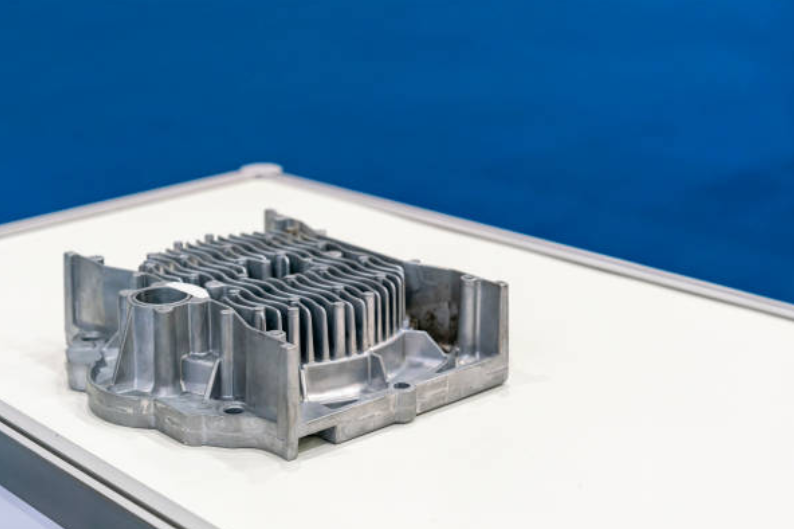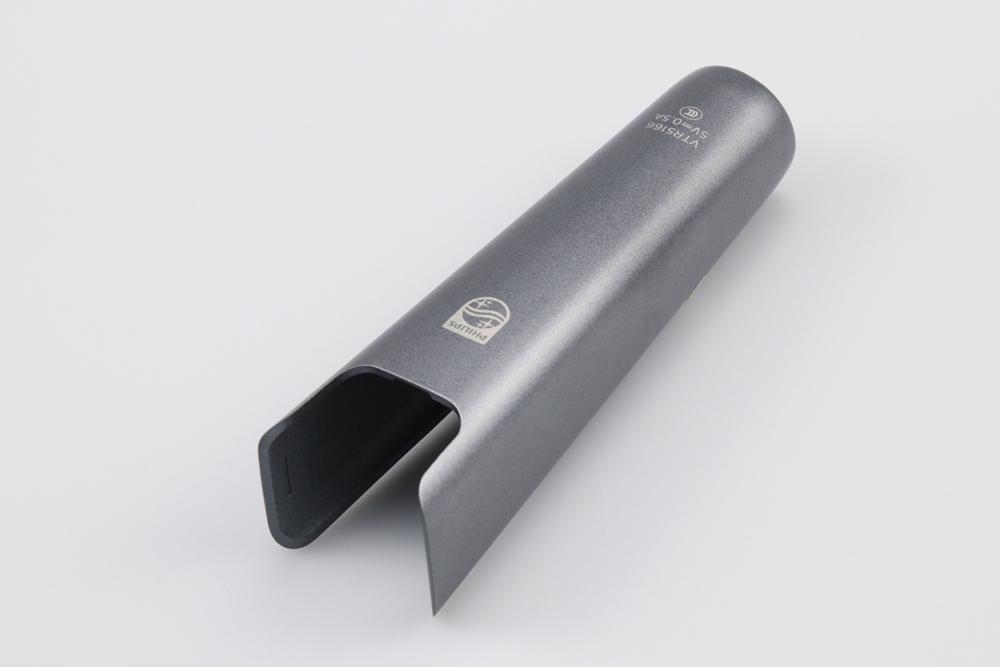Why is anodizing popular for aluminum die-cast products?
Functional and Aesthetic Advantages of Anodizing
Anodizing is one of the most widely used finishing methods for aluminum die casting, as it enhances both the appearance and performance of the material. This electrochemical process converts the metal surface into a controlled oxide layer, improving durability, corrosion resistance, and overall product longevity. Aluminum alloys such as A380 and A356 respond particularly well to anodizing, making the finish ideal for demanding environments.
Superior Corrosion and Wear Resistance
Anodizing forms a dense layer of aluminum oxide that seals the surface from environmental exposure. This makes it highly resistant to oxidation, salt spray, and chemical attack — essential for automotive and aerospace components exposed to harsh conditions. Compared to powder coating or painting, anodizing integrates directly with the metal, forming a superficial layer rather than a superficial layer, which prevents chipping or peeling over time.
Improved Surface Hardness and Dimensional Stability
The anodic film significantly increases surface hardness, enhancing wear resistance for moving assemblies and sealing interfaces. This makes anodized parts ideal for power tools, energy systems, and mechanical enclosures that require consistent tolerances and mechanical robustness. The process does not alter part dimensions substantially, ensuring precise fit and functional accuracy after CNC machining prototyping or post-casting finishing.
Enhanced Aesthetic and Design Flexibility
Anodizing offers a broad range of colors and surface textures, enabling designers to achieve matte, satin, or bright finishes. Combined with brushed finishes or polishing, it provides high-end visual appeal for consumer electronics and medical device housings. Anodized surfaces also exhibit excellent dye receptivity, making color-coded or brand-specific finishes durable and UV stable.
Sustainability and Maintenance Benefits
Anodizing is an environmentally friendly process—no volatile organic compounds (VOCs) are emitted —and it produces long-lasting, low-maintenance surfaces. This aligns with global sustainability goals and enhances lifecycle efficiency, particularly when combined with custom parts manufacturing services designed for high-performance aluminum components.



